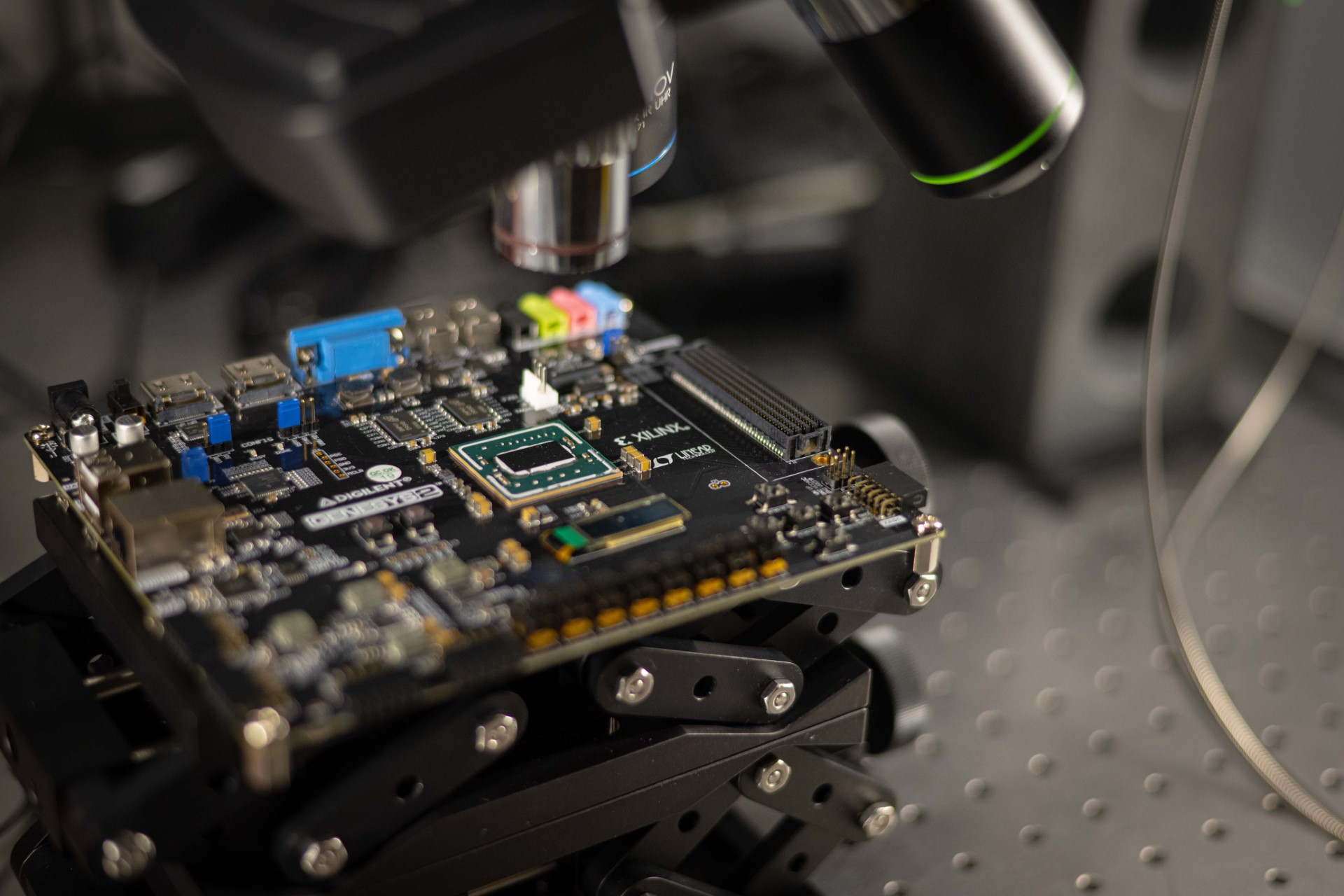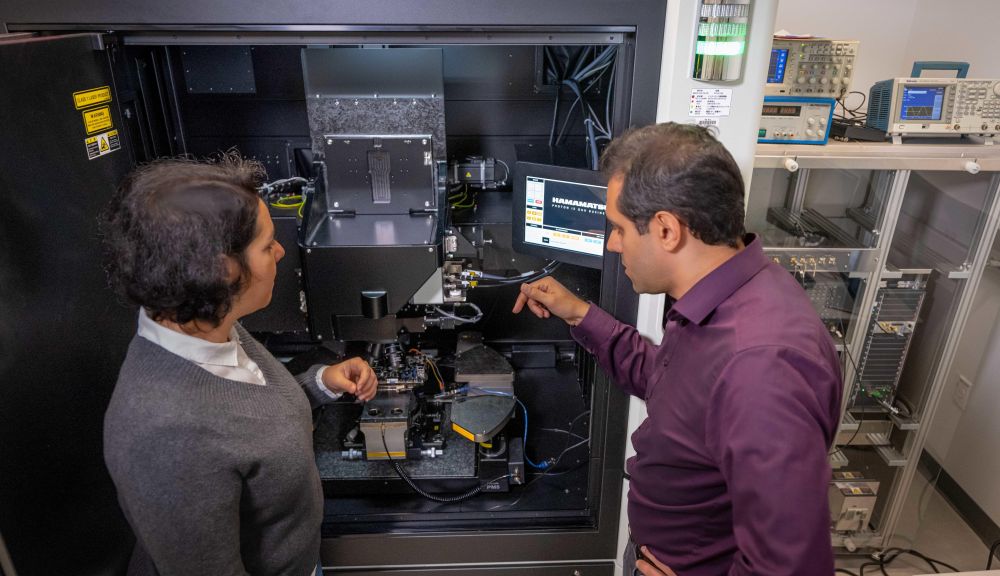WORCESTER, Mass.- July 16, 2008 - At the 2008 Workshop on Precision Indoor Personnel Location and Tracking for Emergency Responders, to be held at Worcester Polytechnic Institute (WPI) August 4-6, four solutions to the enormous technical challenge of precisely locating first responders inside buildings will be demonstrated in carefully controlled trials.
Now in its third year, the workshop, sponsored by WPI as part of a $1 million award from the Department of Homeland Security, is the only national forum where the position location research and development community can gain a comprehensive overview of the state of the field and discuss future technical challenges. This year it will bring together about 120 leading researchers from industry, academia, and government, members of the first responder community, and representatives of federal, state, and local governments.
The competition, set for Aug. 6, will be the first time competing technologies have been tested side-by-side in a realistic scenario under identical conditions, providing the emergency response community an unprecedented opportunity to see which solutions may offer the best hope of addressing a pressing national need for technology that will save the lives of firefighters and other emergency personnel and help them do their jobs more effectively.
Systems developed by TRX Systems, ENSCO Inc., L-3 Communications, and WPI will be used to locate a firefighter "lost" in WPI's electrical and computer engineering building (see below for details of the testing protocol). In addition, homing systems developed by Summit Safety Inc. and WPI will be put through their paces.
"This will be a unique opportunity to learn about the strengths and weaknesses of these various technologies under realistic conditions," notes conference chair R. James Duckworth, professor of electrical and computer engineering at WPI. "I don't think any of the teams really know how well their systems will perform in this difficult test. Of course, the real goal is not to see which systems win or lose, but to gain valuable experience that will allow us to return to the lab and make our systems better, so they can be used to save lives."
Accurately locating people and tracking their movements inside closed spaces is a daunting problem. GPS (Global Positioning System) technology, which can be used outdoors to determine one's position on the Earth to within a few feet, is ineffective inside buildings because radio signals bounce off walls and other surfaces, degrading the system's accuracy.
A small number of university, corporate, and government research teams are attempting to develop alternative technologies, including enhanced GPS (in which the signals from GPS satellites are augmented with signals from cell phone towers, for example), GPS-independent wide-band radio systems, and inertial navigation and dead reckoning ( in which gyroscopes and accelerometers are used to track the direction and distance traveled). Each has advantages and drawbacks.
With $4 million in funding from the U.S. Departments of Justice's National Institute of Justice and the Department of Homeland Security, a team at WPI has developed a system that uses advanced radio and radar technology in tandem with inertial navigation. Developed in close collaboration with the Worcester Fire Department and other members of the firefighting community, the system is designed to ultimately be able to locate a first responder in three dimensions with an accuracy of one foot and a range of 2,000 feet.
The system is designed to require no pre-installed infrastructure, to be integrated into firefighter turnout gear and fire trucks, and to provide information about the location of all firefighters and the paths they have taken on an easy-to-understand display screen at the command center. WPI's display also integrates physiological data (see below).
The keynote speakers for the 2008 workshop are Jalal Mapar, program manager, science and technology directorate, Department of Homeland Security, and Charlie Dickinson, former assistant deputy administrator of the U.S. Fire Administration. The first two days of the workshop will include reviews of tests (successful and unsuccessful) of location and tracking systems, a review of specific location technologies, and discussion of user requirement and standards. Many companies and research groups will demonstrate their technologies.
For the first time, sessions this year will focus on the challenges of integrating into location systems the ability to monitor the physical health and status of first responders. With support from the Department of Homeland Security, WPI is integrating two physiological monitoring technologies into its location system: a vest made by Foster Miller and a wireless pulse oximeter developed by researchers at WPI. The integrated location and physiological monitoring system will address two of the three top causes of firefighter deaths: stress-related heart attacks (No. 1) and becoming lost or disabled in buildings (No. 3).
Additional details about the Workshop on Precision Indoor Personnel Location and Tracking for Emergency Responders may be found at the WPI Precision Personnel Locator research website. Media interested in attending the workshop should contact Michael Dorsey (mwdorsey@wpi.edu, 508-831-5609) or Eileen Brangan Mell (ebmell@wpi.edu, 508-831-6785).
How the Indoor Location System Tests Will Work
The protocol that will be followed for the system demonstrations on Aug. 6 is based on Worcester Fire Department’s search and rapid intervention procedures. The test will be conducted in Atwater Kent Laboratories, WPI’s electrical and computer engineering building. At the start, a team of Worcester firefighters (wearing special masks that simulate low visibility) will sweep areas of the building. An emergency evacuation will be ordered and a roll call will reveal that one firefighter is missing. A rapid intervention team will be sent in to locate and rescue the firefighter. They will be guided by the incident commander, who will have location and tracking information provided by the system being tested. A variety of measures will be taken, including how easy the system is to deploy and use; the accuracy of its location information; and the speed with which the firefighter is located. Each technology team will receive, in advance, floor plans for Atwater Kent and the details of the test scenario. In addition, each will have the opportunity to brief the Worcester Fire Department team on their system prior to the tests.



